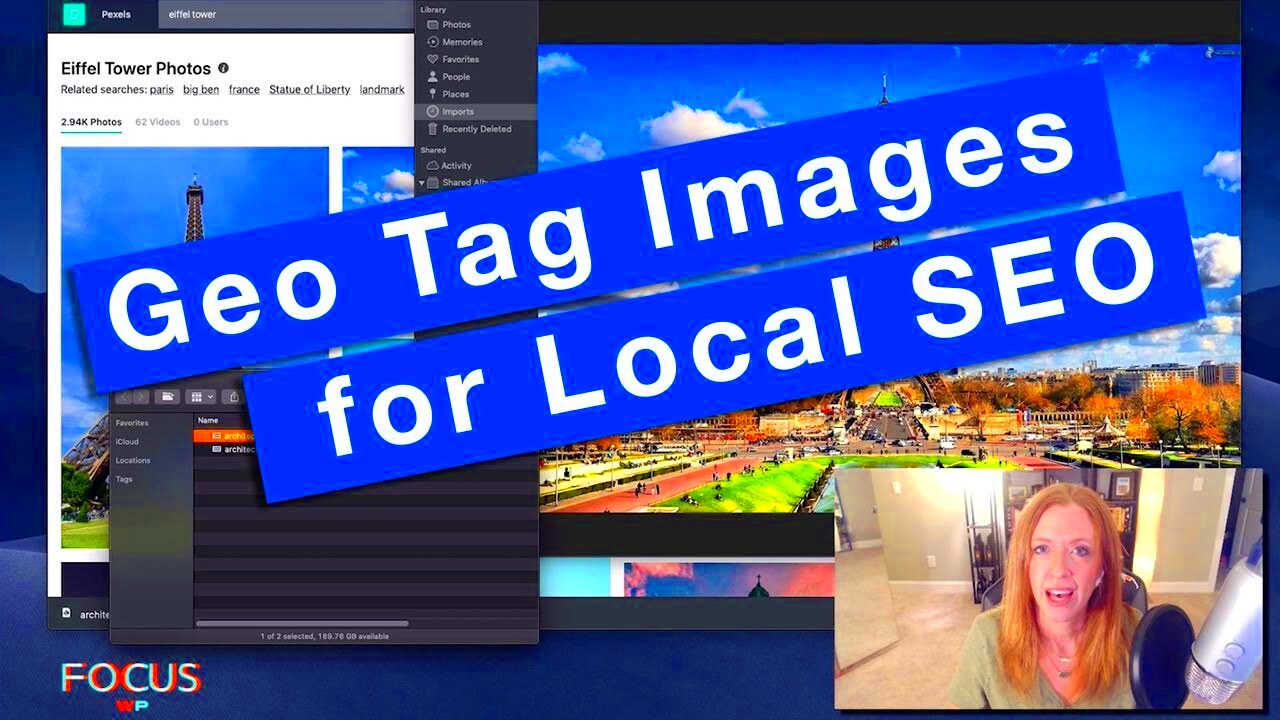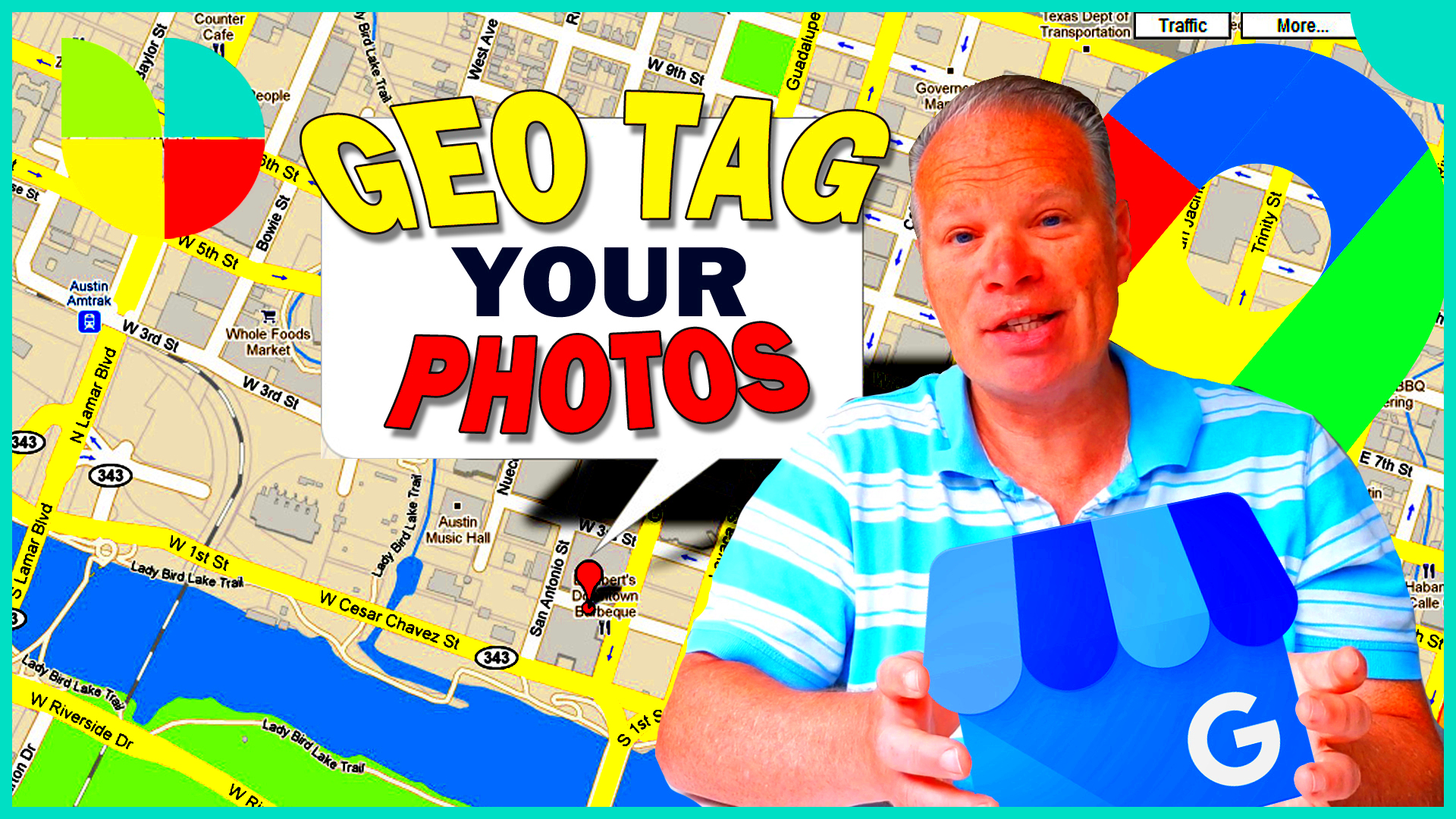The process behind geo-tagging involves attaching geographic identification onto multiple media forms. This includes pictures, videos or even web pages. In marketing strategies, geo-tagging is used with great importance as it helps you reach out to your customers individually. Location data that you add on your photos increases local search visibility and enhances social media involvement thus allowing you to run personalized adverts.
Geo-tagging carries significance due to the following reasons:
- Local Search Optimization: Search engines prioritize geo-tagged content, making it easier for local customers to find your business.
- Enhanced Engagement: Geo-tagged posts can attract more engagement on platforms like Instagram, Facebook, and Twitter.
- Data-Driven Insights: Knowing where your images are being viewed helps you tailor your marketing strategies to specific regions.
Steps to Geo-Tag Your Images Effectively

The practice of geo-tagging images involves a process that is simple and can be carried out in some few steps. The following are the various effective ways to achieve this:
- Choose Your Camera or Smartphone: Ensure your device has GPS capabilities enabled.
- Capture the Image: Take your photos while your GPS is active. Most modern smartphones automatically geo-tag images.
- Use Geo-Tagging Software: If your device doesn't geo-tag, use software like Adobe Lightroom or GeoSetter to add location data.
- Verify the Data: Check that the GPS coordinates are correct by viewing the image properties.
- Upload with Location Info: When sharing on social media or websites, make sure to include the geo-tagged images.
Also Read This: How to Upload Video to Canva from YouTube
Tools for Geo-Tagging Your Images

Your photos can be geo-tagged using a number of tools depending on the needs of the user. This is a list of some of the well-known ones:
| Tool | Description | Platform |
|---|---|---|
| Adobe Lightroom | Advanced photo editing software with geo-tagging capabilities. | Windows, macOS |
| GeoSetter | A free tool for Windows that allows you to add and edit geo-tags in your images. | Windows |
| Pic2Map | Online tool to view and edit geo-data in photos without downloading software. | Web |
| Flickr | Social media platform that allows users to geo-tag photos and share them. | Web, iOS, Android |
Utilizing instruments like these could streamline image geo-tagging procedures effortlessly making you not only concentrate on generating exclusive materials but also boost your advertising plan.
Also Read This: How to Create a Still Image from a Video
Best Practices for Using Geo-Tagged Images in Marketing
Incorporating geo-tagged images into your marketing activities can be a great booster for engagement and visibility. The only catch is that one must observe best practices in order to reap maximum benefits from them. Find below some hints on how to optimize geo-tagged images:
- Know Your Audience: Understand who your target audience is and tailor your geo-tagged content to their preferences. This can involve choosing locations they are familiar with or interested in.
- Optimize for Local SEO: Use relevant keywords in your image descriptions and alt text. This makes it easier for search engines to find your content when users search for local businesses.
- Engage on Social Media: Share your geo-tagged images on platforms like Instagram and Facebook. Encourage your followers to check in at your location or tag you in their posts.
- Use High-Quality Images: Ensure that the images you geo-tag are visually appealing. High-quality photos will attract more attention and engagement.
- Monitor Analytics: Keep track of how your geo-tagged images perform. Use analytics tools to understand which locations and content types resonate most with your audience.
If you follow these recommended practices, you will be able to make the best use of geo-tagged images that can be beneficial for your marketing needs.
Also Read This: How to Delete Uploaded Files in Adobe Stock
Case Studies: Successful Marketing Campaigns Using Geo-Tagged Images
In order to make this business grow up they successfully integrated geographic images into their marketing strategies as demonstrated by various case studies. Here are some prominent examples:
- Starbucks: In their "Meet Me at Starbucks" campaign, the coffee giant encouraged customers to share geo-tagged images of their visits. This resulted in increased foot traffic and social media engagement, as users connected with the brand through shared experiences.
- National Geographic: Their #Wanderlust campaign invited followers to share travel photos with geo-tags. This not only showcased stunning destinations but also fostered a sense of community among travel enthusiasts, leading to greater brand loyalty.
- Airbnb: By geo-tagging images of unique accommodations, Airbnb allowed potential travelers to visualize their stay. This strategy helped users discover properties in their desired locations, ultimately boosting bookings.
The effectiveness of geo-tagged images in creating connections and helping the brand to engage is presented in these case studies.
Also Read This: Transferring Images to Metal: A DIY Tutorial
Common Mistakes to Avoid When Geo-Tagging Images
Geo-tagging is a powerful tool to help improve your marketing strategy. Nonetheless, there are some traps you need to be aware of. By avoiding these common pitfalls, you will be able to optimize your efforts:
- Ignoring Privacy Settings: Ensure that your geo-tagging practices respect user privacy. Always ask for permission if you're tagging user-generated content.
- Over-Tagging: Avoid geo-tagging every single image. Focus on key images that will genuinely benefit from location data. Too many tags can dilute their effectiveness.
- Using Incorrect Locations: Double-check your geo-tags for accuracy. Incorrect location data can mislead customers and harm your brand’s credibility.
- Neglecting Mobile Users: Make sure your geo-tagged images are optimized for mobile devices. Many users browse social media on their phones, so your content should display well on smaller screens.
- Failing to Analyze Results: After implementing geo-tagging, don't forget to review your analytics. Understanding what works and what doesn't is crucial for refining your strategy.
Understanding these frequent errors will enable you to enhance geo-tagging activities and make them advantageous to your marketing plans.
Also Read This: The Best Way to Explore Creating AI Images of Yourself
Frequently Asked Questions about Geo-Tagging Images
For the ones not well-versed in geo-tagging, a number of questions might arise. Below are some of the popular queries and their easy-to-understand answers about geo-tagging images:
- What is geo-tagging? Geo-tagging is the process of attaching geographical data, such as latitude and longitude, to media like images and videos. This helps in identifying the exact location where the media was captured.
- How does geo-tagging benefit my marketing strategy? By geo-tagging your images, you enhance local search visibility, boost social media engagement, and provide valuable data for targeted advertising. It helps in reaching audiences more effectively.
- Can I geo-tag images after they are taken? Yes! You can use various software tools to add geo-tags to images post-capture. Software like Adobe Lightroom or GeoSetter allows you to edit the metadata of your images easily.
- Is geo-tagging safe? While geo-tagging is generally safe, be cautious about sharing sensitive location data, especially for personal images. Always consider the privacy of individuals in your images and obtain permission when necessary.
- What platforms support geo-tagged images? Most social media platforms, such as Instagram, Facebook, and Twitter, support geo-tagging. You can easily tag locations when uploading your images on these platforms.
This article will facilitate a clearer comprehension of geo-tagging, enabling one to come up with proper decisions concerning its application in marketing.
Conclusion: Enhancing Your Marketing Strategy with Geo-Tagged Images
Integrating geo-tagged pictures into your selling approach can greatly increase your bond with your followers. By adhering to strategies that are right for you, gaining knowledge from successful promotional campaigns and ensuring that you do not commit the usual blunders, you can use geo-tagging to improve local presence, interaction and devotion to a brand. Adopting this potent instrument will make your marketing work more focused and productive.

 admin
admin








